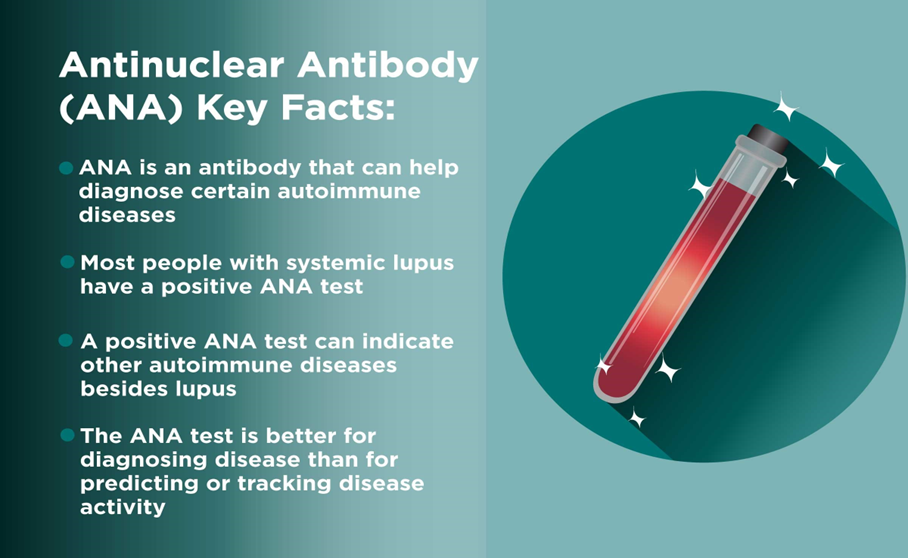A nurse is caring for a client who has paraplegia and is on an intermittent urinary catheterization program.
Which of the following findings indicates to the nurse the need to catheterize the client?
Reflex incontinence
Urge incontinence C. Nocturnal enuresis
Suprapubic discomfort
The Correct Answer is D
Choice A rationale:
Reflex incontinence is a type of urinary incontinence that occurs when the person has no control over urination. They’re unable to feel when their bladder is full and can’t control the process of emptying it. This is often due to a brain or spinal cord injury that disrupts communication between these organs. However, this condition does not necessarily indicate the need for catheterization in a client with paraplegia who is already on an intermittent urinary catheterization program.
Choice B rationale:
Urge incontinence, also known as overactive bladder, is characterized by a sudden, intense urge to urinate, followed by an involuntary loss of urine. This condition can be caused by various factors, including neurological disorders, bladder abnormalities, and certain medications. While it can be a challenge for individuals with paraplegia, it does not directly indicate the need for catheterization.
Choice C rationale:
Nocturnal enuresis, or bedwetting, is involuntary urination while asleep. It’s a common condition, especially in young children, but it can affect individuals of any age. In the context of a client with paraplegia, nocturnal enuresis could be a symptom of a larger issue, such as a urinary tract infection or bladder dysfunction, but it does not directly indicate the need for catheterization. Choice D rationale:
Suprapubic discomfort or pain in the area above the pubic bone could be a sign of bladder distension, which is a common complication in individuals with spinal cord injuries. Bladder distension can occur when the bladder becomes overly full and can’t empty, causing discomfort or pain in the lower abdomen. This is a clear indication for the need to catheterize the client.
Nursing Test Bank
Naxlex Comprehensive Predictor Exams
Related Questions
Correct Answer is ["A","D","E"]
Explanation
Choice A rationale:
Antinuclear antibody (ANA) titer is a blood test that detects the presence of antinuclear antibodies, which are autoantibodies that target the body's own tissues. These antibodies are often present in people with autoimmune diseases, including rheumatoid arthritis.
While a positive ANA test does not definitively diagnose rheumatoid arthritis, it can support a diagnosis when considered alongside other clinical findings and laboratory tests.

Choice B rationale:
Blood urea nitrogen (BUN) is a blood test that measures the amount of urea nitrogen in the blood. Urea nitrogen is a waste product that is produced when the body breaks down proteins.
BUN levels can be elevated in people with kidney disease, dehydration, or certain other medical conditions. However, BUN is not specifically used to diagnose rheumatoid arthritis.
Choice C rationale:
Urinalysis is a test that examines the urine for various substances, including cells, bacteria, and chemicals.
It can be used to diagnose a variety of conditions, including urinary tract infections, kidney disease, and diabetes. However, urinalysis is not typically used to diagnose rheumatoid arthritis.
Choice D rationale:
Erythrocyte sedimentation rate (ESR) is a blood test that measures how quickly red blood cells settle at the bottom of a test tube.
A high ESR can indicate inflammation in the body.
ESR is often elevated in people with rheumatoid arthritis, as it is a marker of inflammation.
Choice E rationale:
White blood cell count (WBC) is a blood test that measures the number of white blood cells in the blood. White blood cells are part of the immune system and help fight infection.
A high WBC count can indicate an infection or inflammation.
WBC count can be elevated in people with rheumatoid arthritis, as it is a marker of inflammation.
Correct Answer is B
Explanation
Choice A rationale:
Administering insulin is a crucial step in managing diabetic ketoacidosis (DKA), as insulin deficiency is a primary cause of DKA12. However, it is not the first action to take when a patient presents with both DKA and hypoxia. While insulin helps to reduce blood glucose levels and suppress the production of ketones, it does not address the immediate life-threatening condition of hypoxia.
Choice B rationale:
Hypoxia, or low levels of oxygen in the body, is a medical emergency that requires immediate attention. Supplemental oxygen can help increase the oxygen levels in the patient’s blood, thereby alleviating hypoxia. In the context of a patient with DKA and hypoxia, providing supplemental oxygen would be the first action to take to stabilize the patient’s condition before addressing the DKA12.
Choice C rationale:
Checking the patient’s glucose level is an important part of managing DKA, as hyperglycemia is a key feature of this condition. However, it is not the first action to take in this scenario. While monitoring glucose levels can guide the administration of insulin and other treatments for DKA, it does not address the immediate threat posed by hypoxia.
Choice D rationale:
Administering intravenous fluids is another important step in managing DKA12. Dehydration is a common complication of DKA due to excessive urination caused by high blood sugar levels. However, similar to Choices A and C, while it is an important part of treatment, it is not the first action to take when a patient presents with both DKA and hypoxia.
Whether you are a student looking to ace your exams or a practicing nurse seeking to enhance your expertise , our nursing education contents will empower you with the confidence and competence to make a difference in the lives of patients and become a respected leader in the healthcare field.
Visit Naxlex, invest in your future and unlock endless possibilities with our unparalleled nursing education contents today
Report Wrong Answer on the Current Question
Do you disagree with the answer? If yes, what is your expected answer? Explain.
Kindly be descriptive with the issue you are facing.
